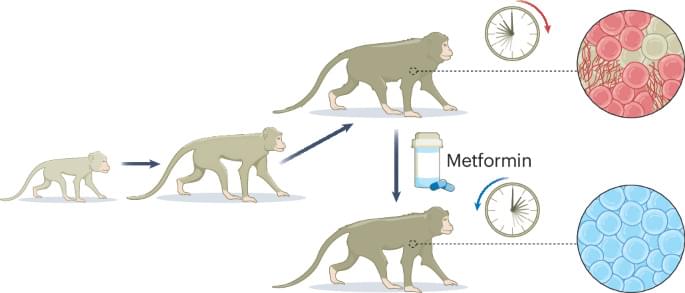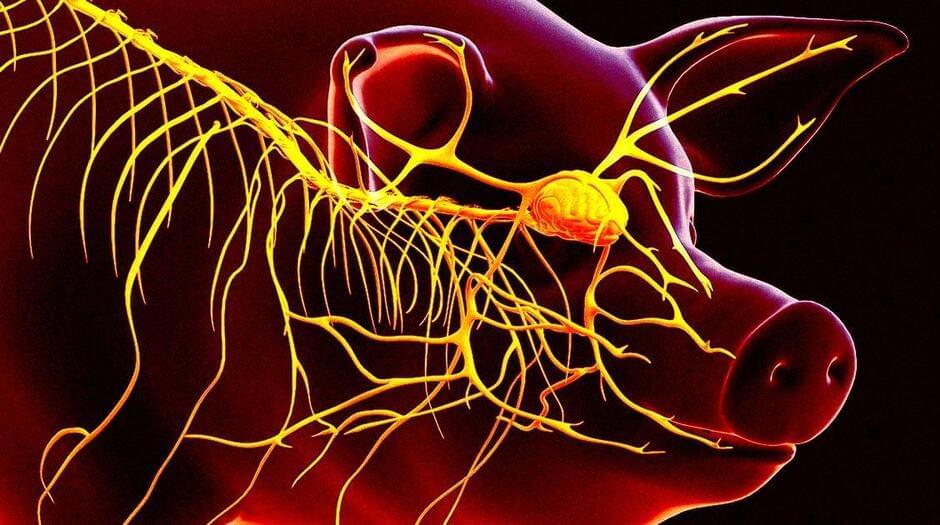Thus, when one looks back in time, say by looking at light from a distant galaxy that has traveled billions of years to reach us, this is akin to “zooming out” on the hologram and making its details fuzzier in the process. This zooming out can continue until all the details of the hologram disappear altogether, which in the model of the universe suggested by Hawking and Hertog, would be the origin of time at the Big Bang.
“The crux of our hypothesis is that when you go back in time, to this earliest, violent, unimaginably complicated phase of the universe, in that phase you find a deeper level of evolution, a level in which even the laws of physics co-evolve with the universe that is taking shape,” Hertog said. “And the consequence is that if you push everything even further backward, into the Big Bang, so to speak, even the laws of physics disappear.”








